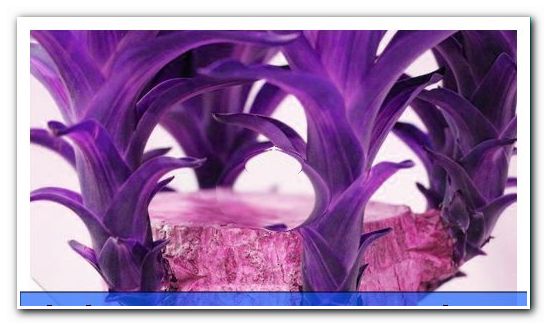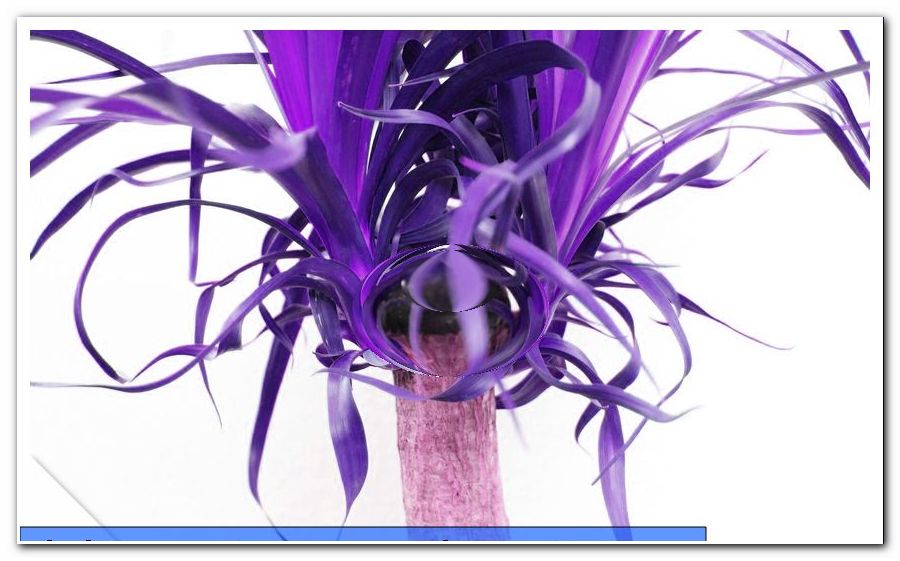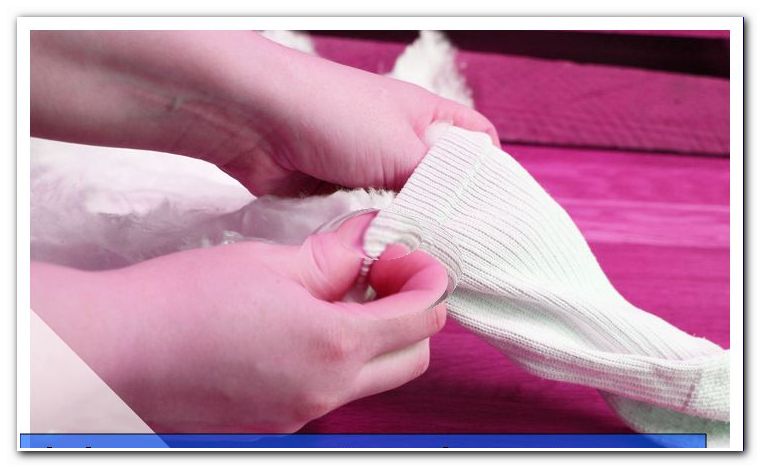How toxic is the yucca palm for babies, cats and dogs?

- Is the yucca palm poisonous "> saponins
The yucca palm is a popular houseplant many Germans. Yet, as with many other plants, the question of their toxicity arises again and again. In particular, families with small children, or in which dogs or cats are kept, are more concerned with the safety of this piece of jewelry in the flower pot. A look at the ingredients of this agave plant shows that you should at least deal with the possible effects of intensive contact.
Is the yucca palm poisonous?
The most common species of palm-leaf plant that grows in our potted plant is the Yucca Elephantipes with its strong trunk and slender, sharp-edged leaves. Although all Yucca species are similar in their toxicity, but because of their widespread use, the Yucca Elephantipes should be considered here.
All in all, the question of whether the palm leaf is poisonous can not be answered with yes or no. The most appropriate would be "something, " or "under certain circumstances." Why explain themselves by looking at their ingredients by itself.
saponins
Crucial to the consideration of how poisonous the plant is are the saponins contained in the stem and leaves of the plant. They are so-called phytochemicals, which are not classified as toxic in the sense of a true toxin, but because of their chemical properties they can cause health problems. Responsible for this is the property of this substance, which is counted among the glycosides, to form foam in combination with water. The foam is created because the saponin molecule at one end is able to bond with water, while at the other end it binds fat. This property is useful, for example, in soaps to remove dirt from the skin, but it has an adverse effect on the human body with the following effects:
- Irritation of the mucous membranes
- Inflammations of the skin or the gastrointestinal tract
- Weakening the immune system
- Stomach upset and diarrhea
- Destruction of the red blood cells
- Damage to the kidneys
So relatively is the danger of saponins
The dangers described by the saponins contained in the Yucca Elephantipes are undoubtedly indisputable. However, significant amounts of the substance are required for these symptoms, so that no or only minimal effects are to be feared, especially in the case of accidental contact with adult humans.

In contrast, the effects on cats, dogs and their own baby are different. For this reason, they are usually already far lower in their saponins to be classified as toxic:
- Low body weight, thus per kilogram of body mass with the same intake higher amount of saponin
- lower inhibition threshold to take plant components into the mouth
- Lower body mass and lower immune system performance
In the case of a baby, an immune system that is not fully developed by the early stage of development, so that the defense of the pollutants will have only moderate success. Especially for a baby, the yucca palm can be confidently classified as toxic.
These signs suggest saponin intoxication by the Yucca Elephantides
If dogs, cats, or even babies, too many saponins through intensive contact with, or even the consumption of components of the yucca palm, the following symptoms appear as evidence of possible poisoning:
- Increased salivation due to irritation of the oral mucous membranes
- Vomit
- diarrhea
- apathy
Since salivary flow is difficult to assess in an infant, changes in behavior after contact with a yucca palm should generally be considered the first alarm sign.
Of course, adults may also show these signs. However, these are likely to occur only extremely rarely after intensive contact with plant components and only in an attenuated form. Thus, the saponin of the plant for healthy, adult people can hardly be described as particularly harmful.




